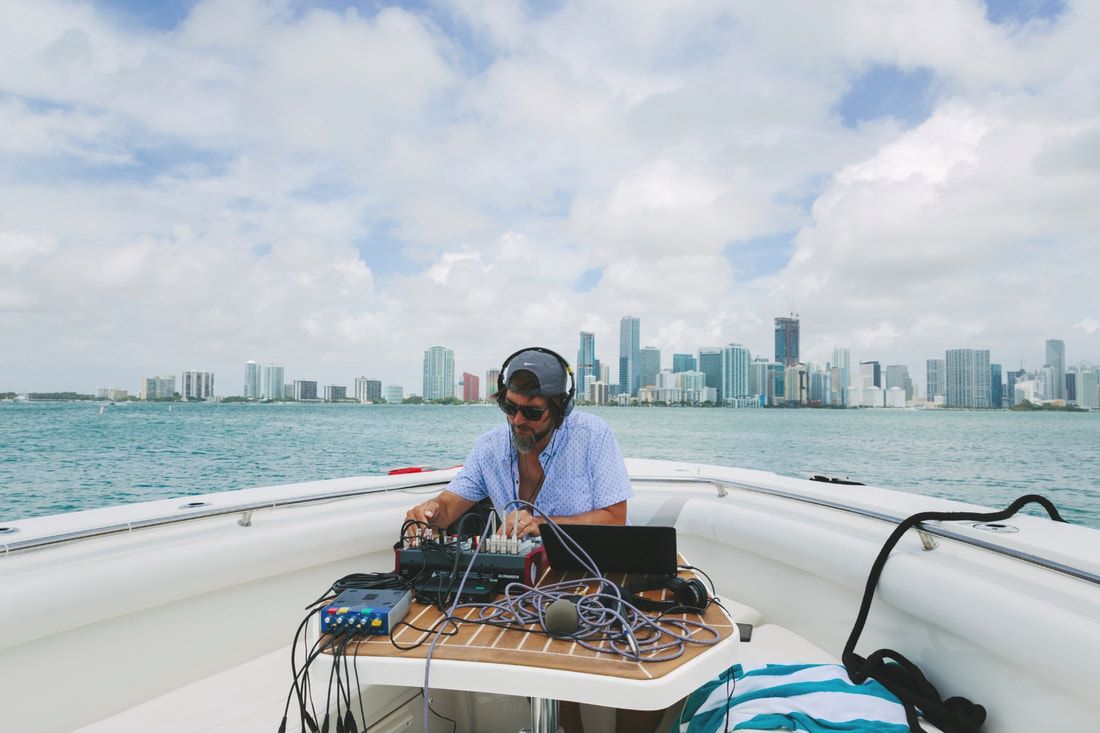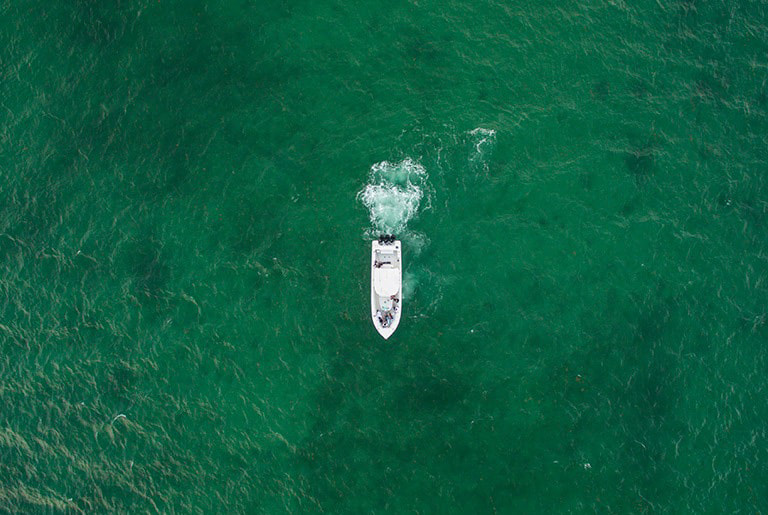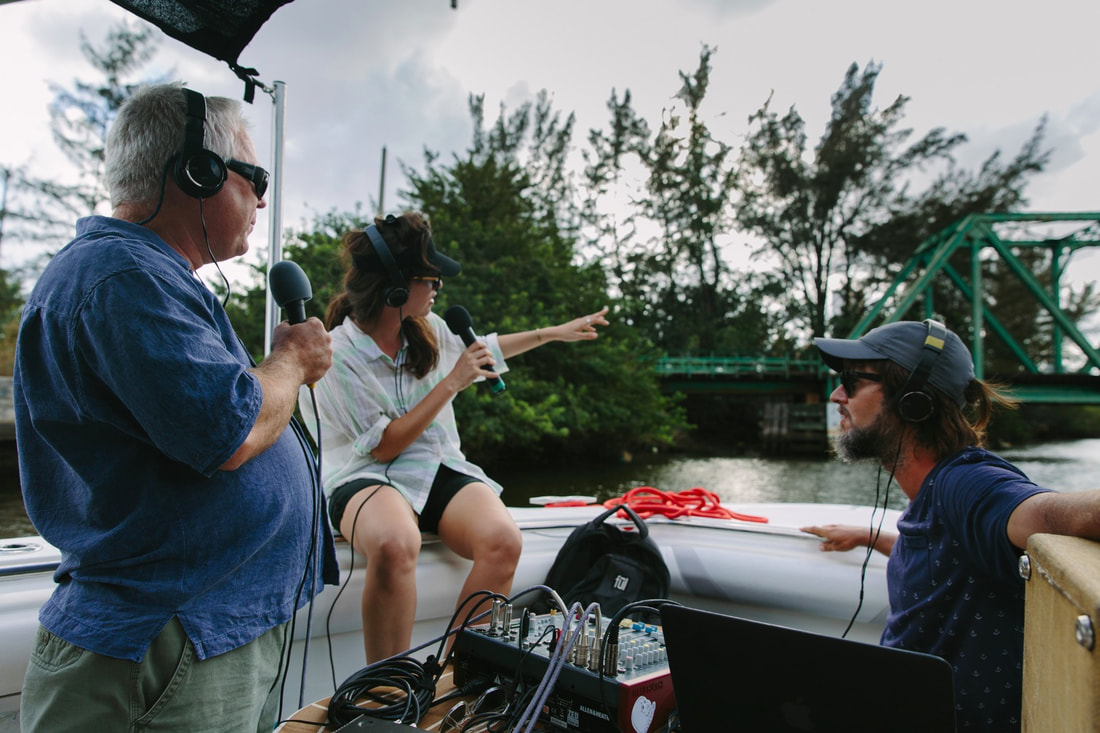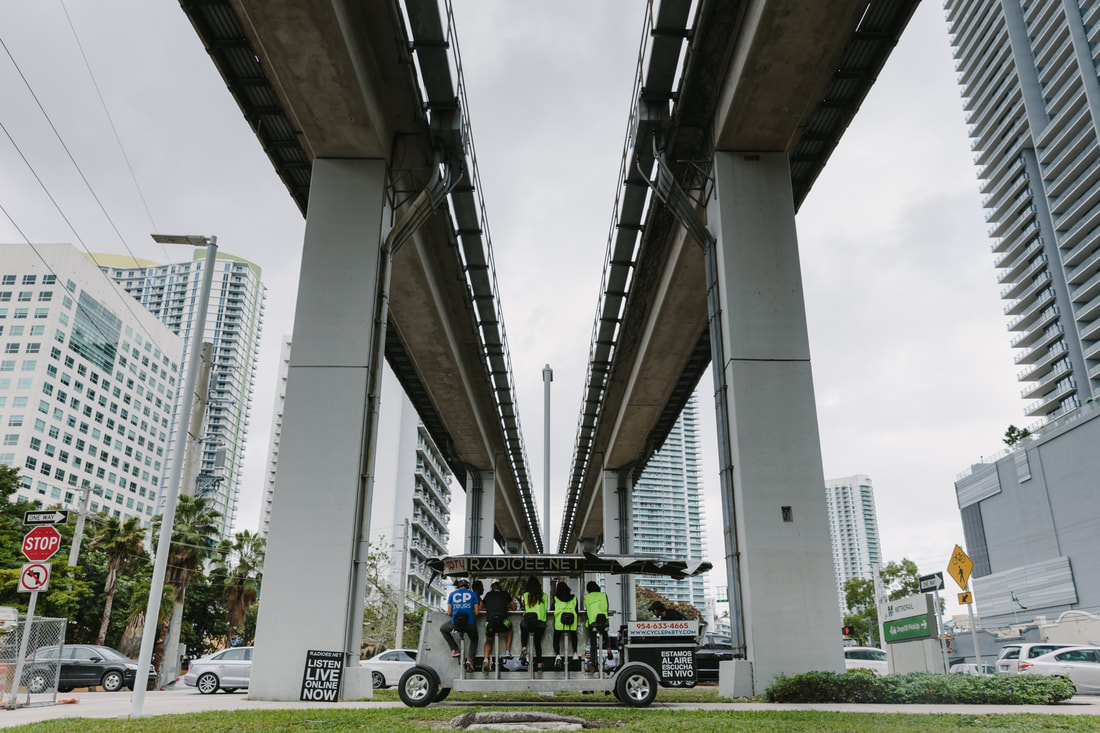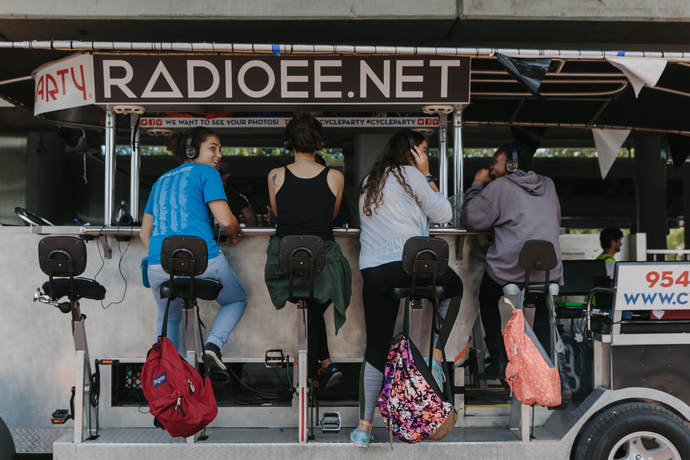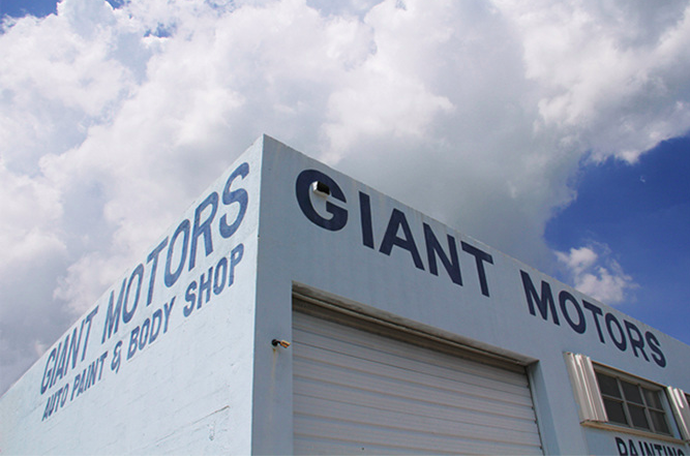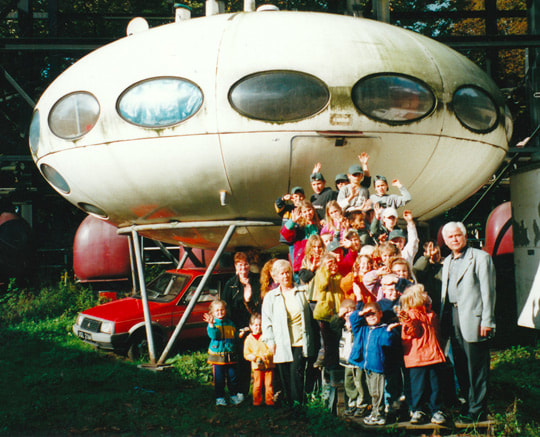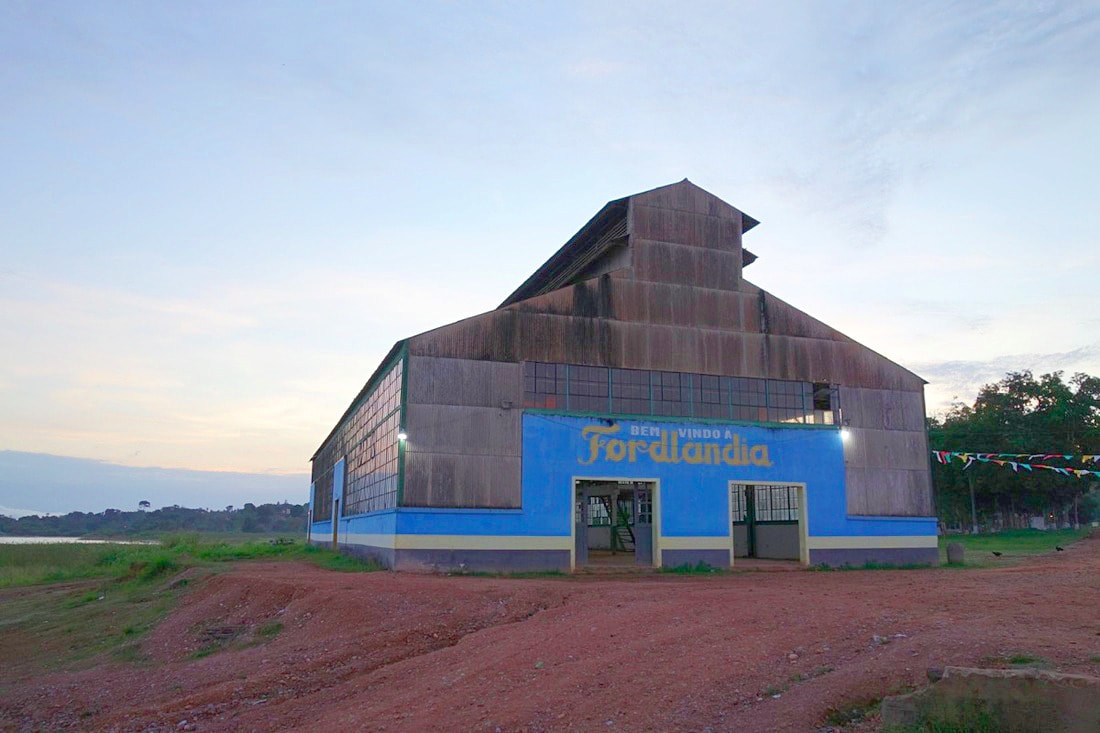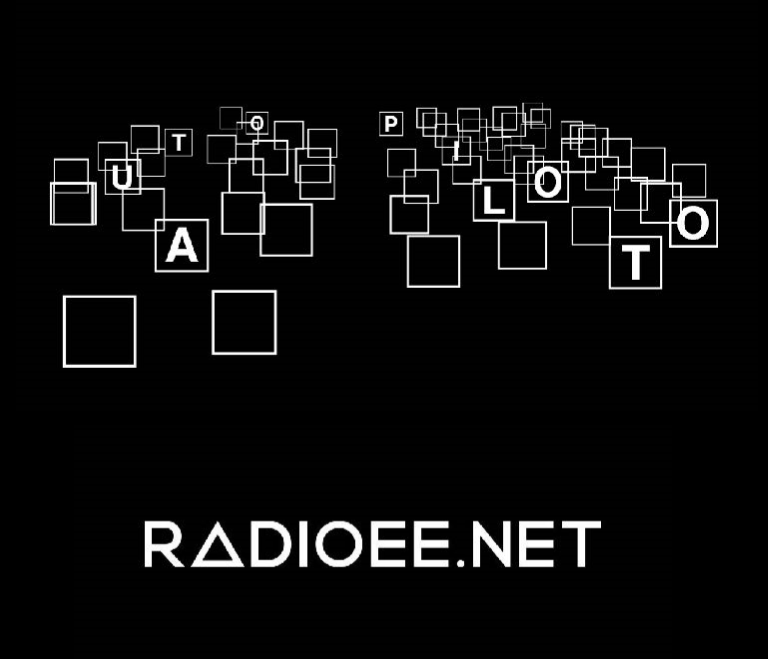RADIOEE.net. Aguas Atlas . Miami, Florida. 2017
RadioEE: RADIOEE.net (Radio Espacio Estación) is an online nomadic multilingual radio station. We travel the world hosting 24-hour marathon broadcast events on mobility and movement. Often transmitting while on the move, our broadcasts open a channel for local conversation, music, storytelling, and sonic experiments, which are then shared with a network of over 5000 global listeners. Each broadcast generates an audio portrait of a place in time.
RADIOEE.net. Aguas Atlas . Miami, Florida. 2017
REE : Movement and migration have always been part of our human experience and recent research has shown that we have always been much more interconnected than was previously thought. The societies and civilizations that we have constructed have been shaped by nomadic movement, exploration, and conquest. Today, we are living in a moment of accelerated mobility (albeit unevenly distributed). Planet Earth has never been more accessible to certain segments of the world’s population. Our global interconnected economy is transforming in speed and scale unlike anything we have seen before in human history. Looking at our experience through the lens of mobility enables us to explore the tensions between our personal micro experiences of the places we inhabit and move through and the large-scale infrastructure and transportation networks that shape those experiences. It also enables us to explore a particular moment not only in terms of the transformations of peoples and places but also objects and ideas.
DC: How does the multilingual aspect of your broadcasts relate to the theme of mobility?
REE: Mobility, language, geography and identity are interconnected. We travel across space but we also travel across language and across identity. As we move through our lives we are often moving through different linguistic territories–we can hear these transitions in the distinct voices of the people around us, as well as through the voices we hear as we turn the dials of our radios. Some linguistic territories are more familiar to us than others. Some of us who are bi- or tri-lingual are constantly going through these mental and physical transformations and transitions as we journey from one language to the other. One of the reasons we make our broadcasts on the move is because we want to inhabit this fluctuating iterant unstable experience of space and time–to try to understand it from within.
REE: We consider our radio broadcasts as a form of experimental and experiential journalism. We are interested in the possibilities inherent in radio for encounter and engagement with a space/place and its communities. Our marathon broadcasts create an audio portrait of a specific moment in time. Radio is often a sort of accompaniment to our everyday lives–we listen to it in the car, while making dinner, when we are out walking the dog. It accompanies listeners on their own journeys.
RADIOEE.net. Ciclo. 2017.
We draw upon the history of radio broadcasting and especially the work of those figures who broke new ground and showed us the experimental possibilities of radio. Continuing that tradition of pushing boundaries and advancing the medium in new directions, we use new technologies like streaming and mobile Wi-Fi-based transmission to explore how radio can create experiences of virtual-global simultaneity. Online radio is opening up new possibilities for connectivity, synchronicity, and social networking. The idea of broadcasting simultaneously in all planetary time zones is particularly interesting to us.
RADIOEE.net. Auto Body. 2014.
REE: At a local level, we feel this work has always been recognized and appreciated. Its critical potential and its value is beginning to be acknowledged within a broader art world context. Part of the reason for this is that emerging storytelling technologies and media distribution channels offer important opportunities for reimagining the future of how we can communicate with one another, how we reimagine ourselves, our relationships, and our shared experiences. Radio can be a tool for mapping a place and its communities at a particular moment. It can also serve to create a live media network that adds something to the fabric of that particular community by providing opportunities for sharing information and experiences.
DC: How does your relationship to your radio audience and community participants differ?
REE : There is an interesting relationship between the local and global with our broadcasts. We have an audience of over 5000 listeners around the globe who follow RADIOEE.net. Each of our broadcasts also involves creating a new network of local radio stations with which we partner to co-broadcast our content. We always invite our listeners to participate in the conversation. Listeners can message us on Facebook or WhatsApp during the broadcast and their questions become part of the show.
Our listeners are from everywhere, but the broadcast is really centered on the dialogues between the people who participate in our broadcasts. The people we interview have tremendous stories to tell. We work to draw out relationships among participants who typically have very little, if any, connection with one another–we try to bridge and cross over generational, vocational, and identity differences. Our aim is to uncover as many perspectives on an issue as possible. For the 24-hour period of our broadcast, we are carving out a shared experience with a community where we can ask important questions about our lives together.
RADIOEE.net. Kulturpark. 2012.
REE : With our broadcasts, we focus on bringing voices into the conversation that are not often represented in mainstream media. Radio provides a platform that amplifies their perspectives. The information waves, frequencies, and signals around us, and the conversations and voices they distribute, are shaping our daily lives and the possibilities for communication and understanding. What we do with these signals and how we use them to better understand and advance our species is up to us.
RADIOEE.net. Transmissão Fordlândia . 2017.
RADIOEE.net. AUTO PILOTO . 2018.
REE: AUTOPILOTO is a new broadcast that will premiere on November 15, 2018. It will focus on the evolving technology of self-driving transit. We will consider the following questions with our partners: What will our streets and cities look and sound like in a driverless future? How will society and infrastructure systems adapt? What might humans do during their newly available transit time? In what ways do machines imitate our human auto-pilot modes? The broadcast will take place from a semi-autonomous vehicle as we circumnavigate the Bay Area, stopping off at various destinations along the way. We will investigate these and other related questions through live soundscapes, music, and Spanish-English-Vietnamese conversations with drivers, designers, technologists, municipal agents, researchers, artists, scientists, and more. Humans are constantly navigating and adapting to technological shifts. We want to de-mystify certain ideas about technology through conversations with scientists, technologists and city leaders, and complicate them through parallel dialogues with artists, workers, and those who are experiencing the technology firsthand. Automation and self-driving cars are disrupting multiple industries, including parking, law enforcement, insurance, and real estate. This technology is not only transforming the transportation vehicles we will use, but also what our cities and streets will look like. It is informing new thinking about myriad topics, including labor, leisure, our bodies, legal and ethical responsibility, and so on. Unless we begin to have critical conversations about what we want a future with automation to look like and what we want from this technology, we will lose the opportunity to use it as a tool to shape life and society for the better.

